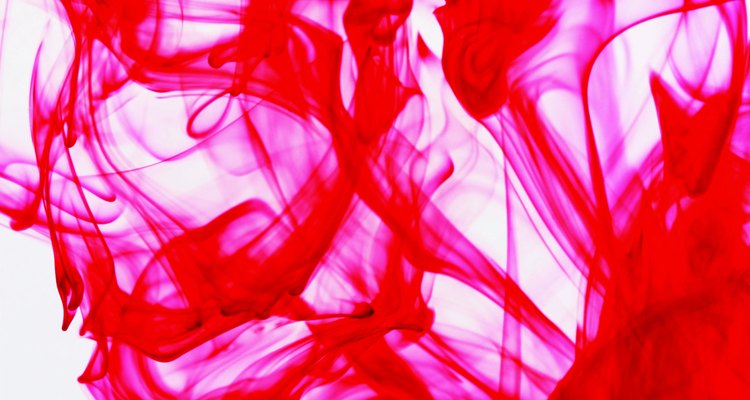
Digital Vision./Digital Vision/Getty Images
Though people have used many different substances to create dye throughout history, modern dyes are usually made from chemicals.
Types
Most dyes are derived from chemicals that come from petroleum or coal. However, there are some dyes made from natural substances or a mix of natural and chemical substances.
Misconceptions
While people used to use the indigo plant to dye clothes, indigo dye today comes from a mixture of caustic soda, sodium phenylglycinate and sodamide.
Production Costs
Modern dyes are derived from petroleum and coal because they are cheaper and easier to obtain than the plants and animal substances traditionally used to make dye.
Environmental Considerations
Natural dyes, derived from plants and insects, are gaining popularity because they have a less negative impact on the environment.
Effects
All dyes, whether natural or chemical, must be proven safe for human use before they are approved for use.
Related Articles

Is Allantoin a Relative of the Lanolin ...

Difference Between Permanent Hair Color ...

How to Glaze a Fruitcake

List of Biodegradable, Every Day ...

How to Make Homemade Liquid Rouge

What Is the Nutritional Value of Wheat?
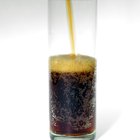
Is There Glucose in Soda?

What Kind of Oil Do You Use in Brownie ...

How to Make Purple Hair Dye From Kool ...
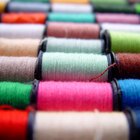
The Disadvantages of Polyester Cotton

How to Make Grapefruit Seed Extract

What Are the Benefits of Tea Tree Soap?

How Much of the World's Clothing Is ...
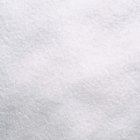
The Disadvantages of Saccharin
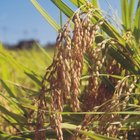
Uses of Sorghum

How to Make African Clothes Without ...
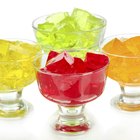
Fat-Free and Sugar-Free Jell-O Pudding ...

How to Make Sweet Brown Rice

Health Benefits of Organic Foods Vs. ...

Burt's Bees Ingredient List
References
Writer Bio
David Harris is a writer living in Portland, Ore. He currently is the editor-in-chief of the online magazine Spectrum Culture. He holds a Master of Fine Arts in creative writing from Sarah Lawrence College.
Photo Credits
Digital Vision./Digital Vision/Getty Images